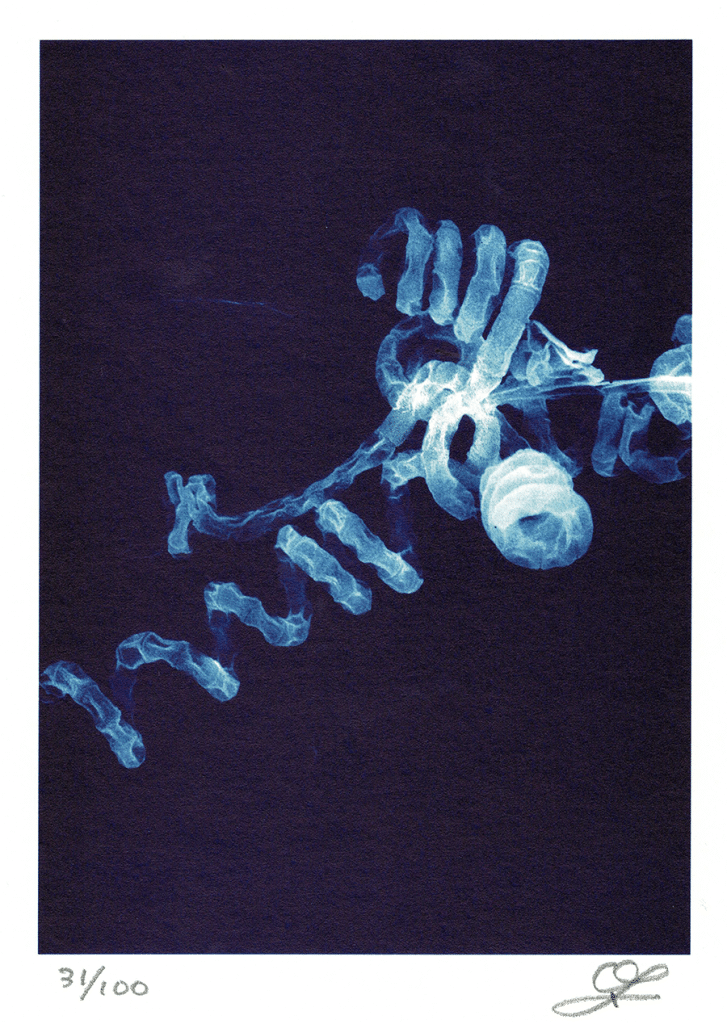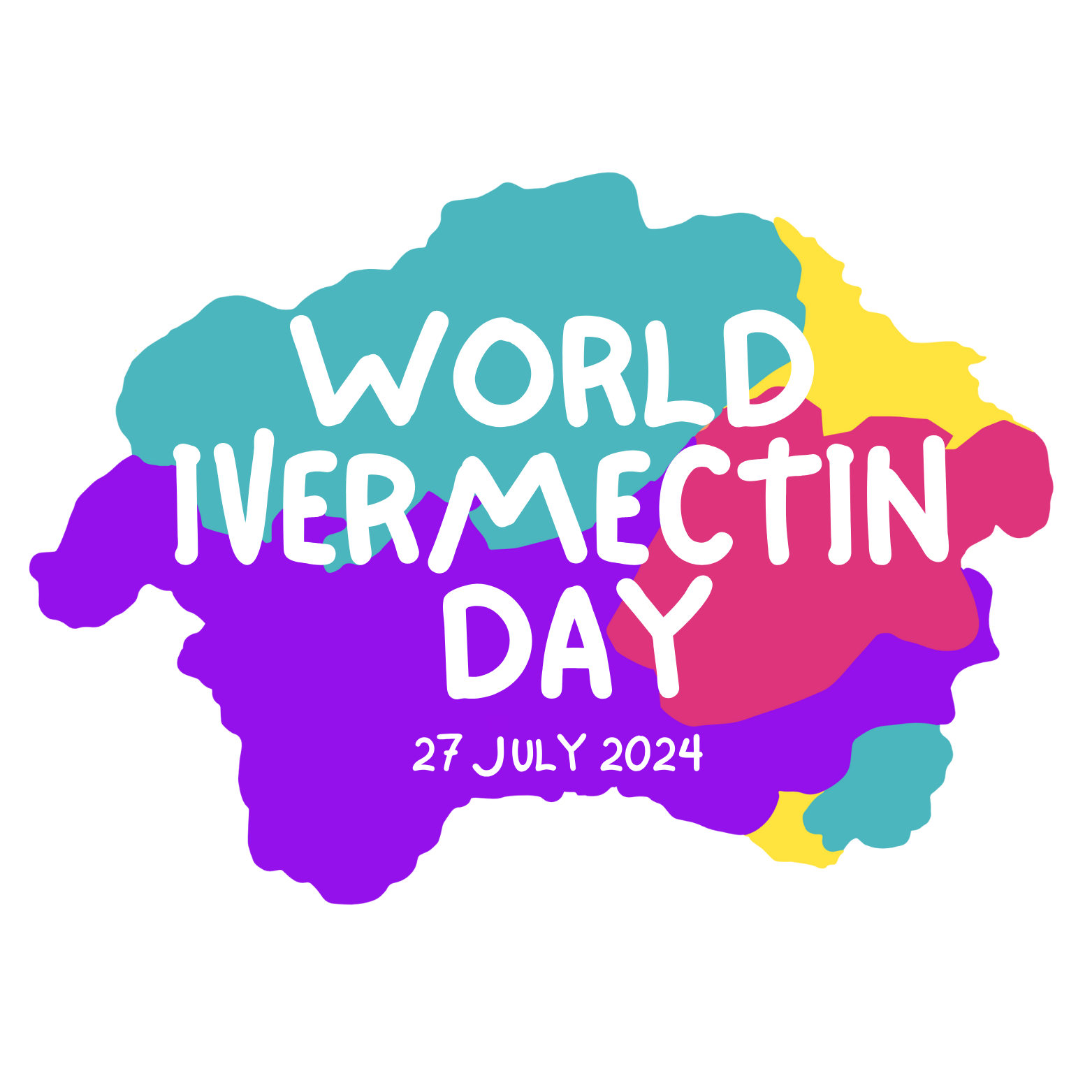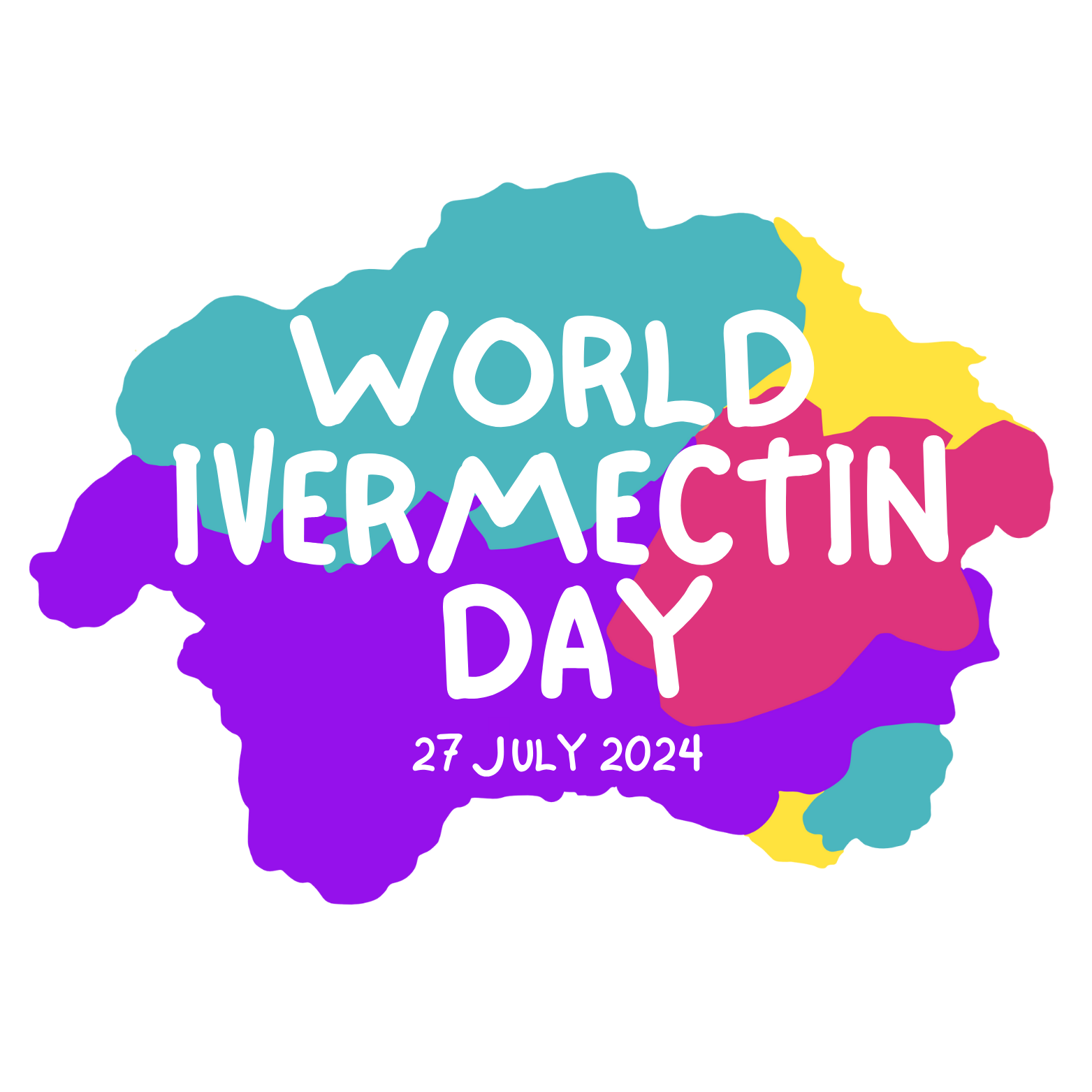Let’s Celebrate The AMAZING Ivermectin
Launched in 2021, the first World Ivermectin Day raised massive awareness about the life-saving benefits of the medicine Ivermectin including for Covid-19 symptoms and prevention.
You can help us spread critical awareness about Ivermectin this July 23 by joining or hosting an event and sharing information on social media. We will also have a 24-hour video reel bringing you the latest on the story from around the world.
Key dates:
1987 - the year Ivermectin was approved for human use!
2015 – the year Ivermectin won the Nobel Prize!



Support WID 2024
We invite you to support our efforts by asking you to donate to World Ivermectin Day today. Your generous contributions ensure that we continue to stand up for what is right.







